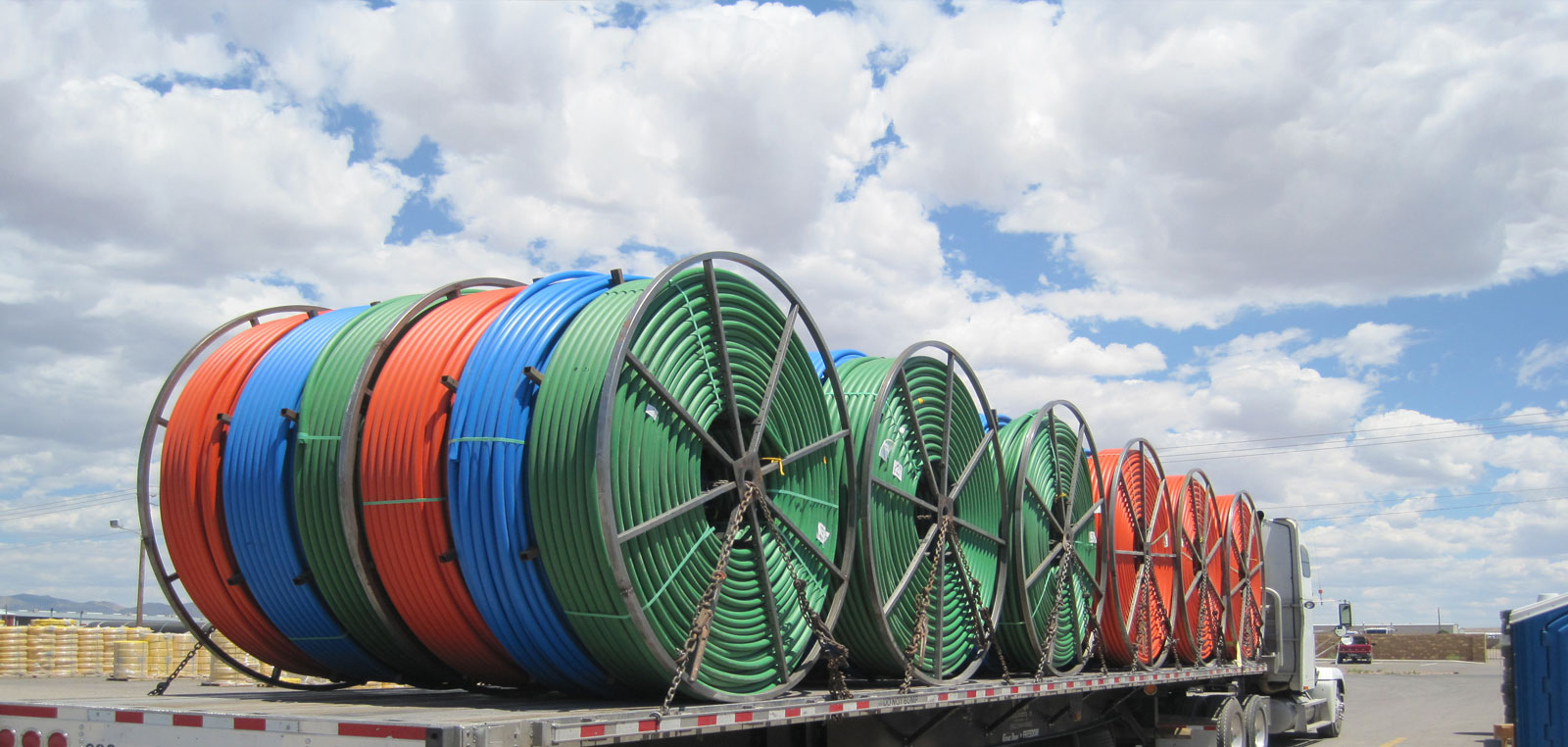
Flint and Newark Are Only the First Waves in the National Water Infrastructure Crisis
As Congress debates infrastructure funding, the conversation must broaden to include America’s $472.6 billion water infrastructure needs
The transportation infrastructure crisis tends to garner a lot of attention in major news outlets, largely due to the safety risks inherent with failing roads, highways and bridges. But there’s another infrastructure crisis brewing just below the surface that presents its own health and safety risks.
The crisis was first brought into the spotlight in early 2014 in Flint, MI, when residents began seeing murky, foul-smelling water pouring out of water taps. The situation became even more alarming the next year when higher blood-lead levels in children, increased outbreaks of Legionnaires’ disease and high levels of fecal coliform bacteria in the water were reported.
Conditions continued to deteriorate, but it wasn’t until 2016, when Flint citizens filed suit against city and state officials in federal court, that real solutions began to take shape. The lawsuit resulted in delivery of bottled water to homes and ultimately required the city to replace thousands of lead pipes using state funding. The process of replacing the pipes is ongoing, with completion scheduled by 2020.
Read more here: https://bit.ly/2OFMdjg
